
MG Motor India And Bharat Petroleum Joins Hands To Expand India’s...
- Apr 25, 2022
- Views : 7605

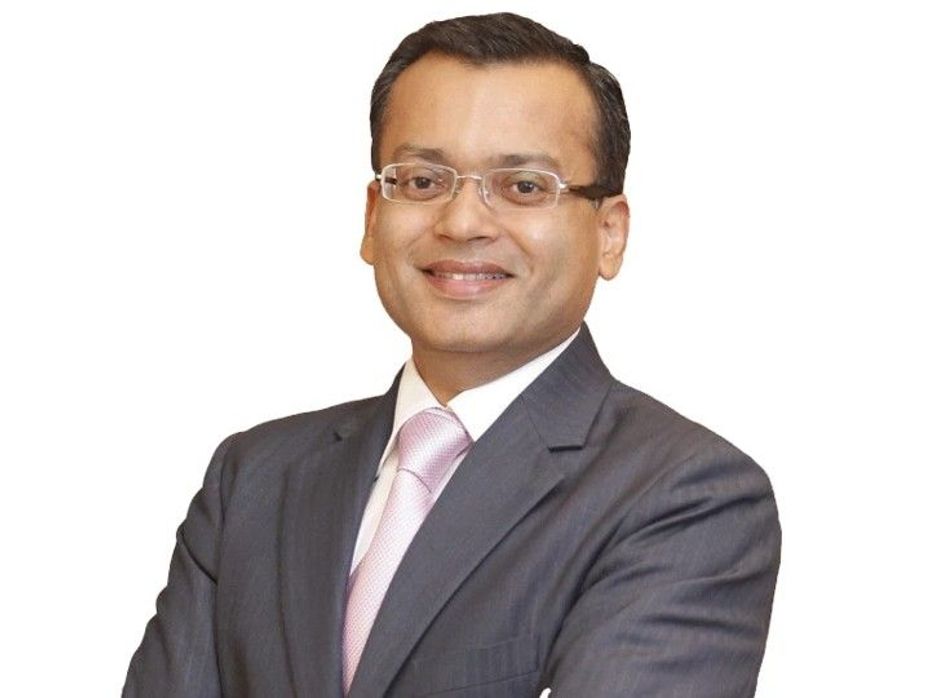
MG Motor India recently launched the facelifted ZS electric SUV at prices starting from Rs 22 lakh (ex-showroom, India). It's the first proper update to MG’s only EV in India, and comes with a host of updates including cleaner styling, more tech, as well as a more potent powertrain and battery setup, offering more range.
At the launch of the updated ZS EV, we had quite the fruitful chat with Gaurav Gupta, CCO of MG Motor India, who gave us plenty of insights on the decisions behind the EV as well as the nitty gritties of battery and charging technologies.
Q: What sort of monthly demand are you expecting with this midlife refresh?
Gaurav Gupta: Right from the very beginning, the demand has been very encouraging. Even now, we are getting upwards of 600 to 700 bookings every month, and this does come in in the category of premium SUVs. So it's encouraging and I think this momentum will only go higher as we go along.
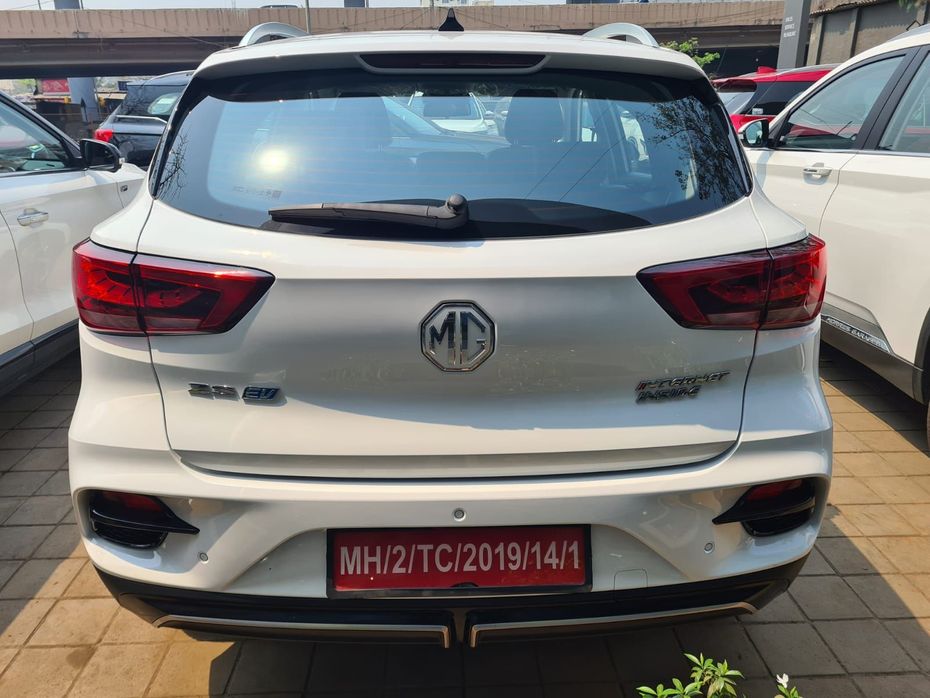
I wish we could supply more, but we do have challenges, as electric vehicle batteries are in short supply worldwide, and the ancillary chips situation impacts our volume. The awareness of EVs today has to be amplified, much more than what was there a year ago or what was there when we brought this car to the market.
So our expectation is to be very bullish. Obviously, the car has a lot to pack in, you would have seen the details and we can share with you. The vehicle’s got a hefty package, and will appeal to a much wider audience as we go along.
Q: So given the supply constraints, what sort of waiting period are we looking at?
GG: The waiting period does remain dynamic, but anywhere between four to six months. Our attempt is to try and bring it as early as possible.
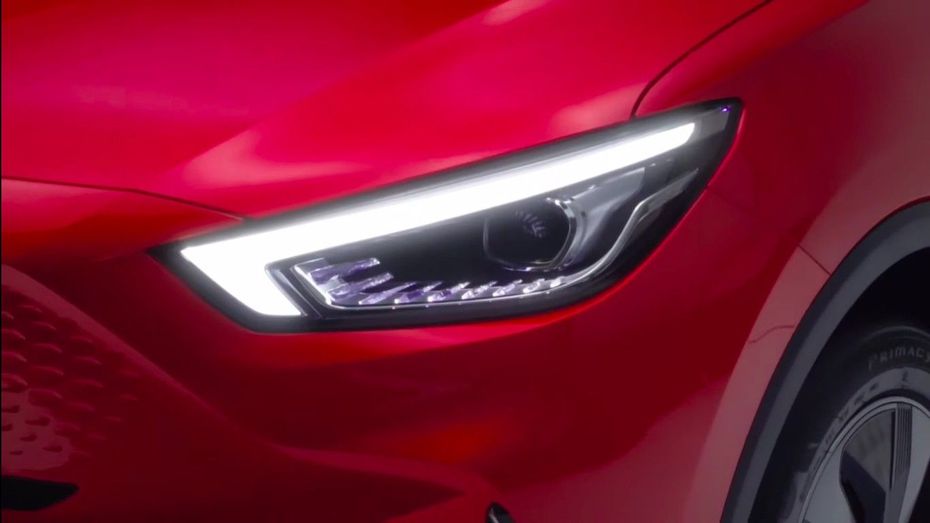
Q: We’re very surprised that the base Excite variant deliveries will start in July.
GG: The reason is that we have a lot of pending demand for the Exclusive variant, and I think that we owe them because they've been in the pipeline for some time. So from that perspective, we are looking at prioritising from a production perspective and obviously, then bring the Excite variant towards the June July timeframe.
Q: The facelifted ZS EV now has some select ADAS features in it, but not the full package like the Astor. What's the reason behind this?
GG: We have improved a lot more features in the new ZS EV versus the previous version, and yes, there's an entire active safety package which includes blind spot detection, rear cross traffic alert, and lane change assist. These are firsts in the segment, and we've taken consumer feedback. And so, the perspective of working on our products is based on feedback. Some of the feedback, like the rear seat, we need to make sure we have an armrest, as well as rear AC vents.
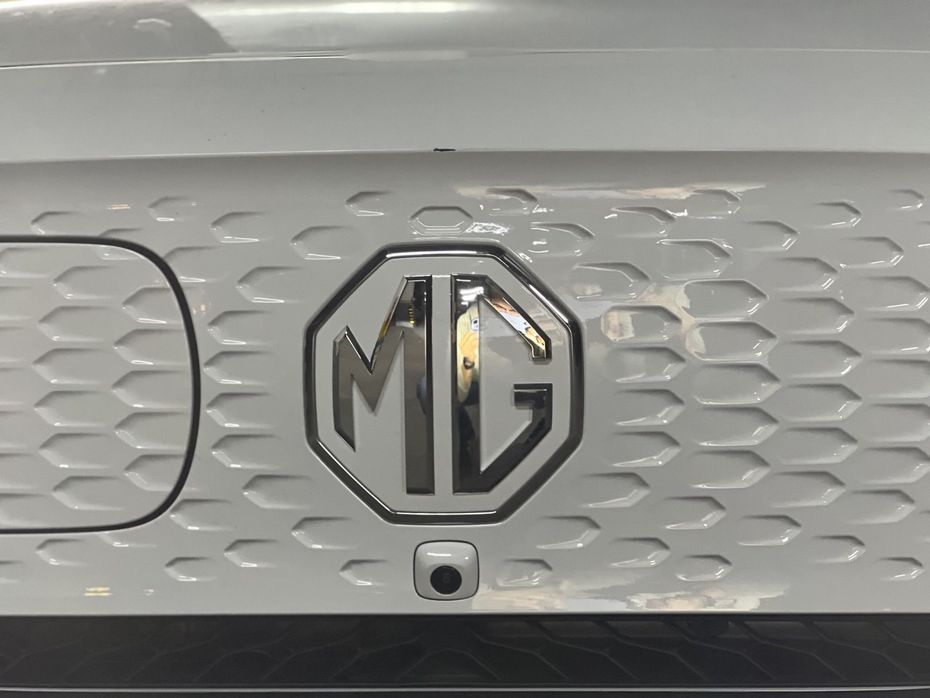
So a lot of the feedback that has been received globally and in India, particularly, we've been able to incorporate them in our cars, like the safety package. Based on that there is an evolutionary path which continues. So we feel the current package that we have for the customers is well optimised and in line with their expectations. We've been engaging with them over some time, so the package per se, is well optimised and suited for the consumers, especially here in India.
Q: We think the range has become quite exciting now at 461km. Do you think people would pay more if you were to get the bigger battery pack that's available in the UK, because we think the range can be pushed over 500km on a single charge.
GG: We are constantly working on what technologies are out there particularly because we do have the advantage of Contemporary Amperex Technology Co. (CATL) at the back end as the parent company already has a joint venture. So from a perspective of access, knowledge, know how, that is definitely available to us. I think what we are doing is we are prioritising the right optimum package that we have right now, and the 50.3kWh battery really delivers, you know.
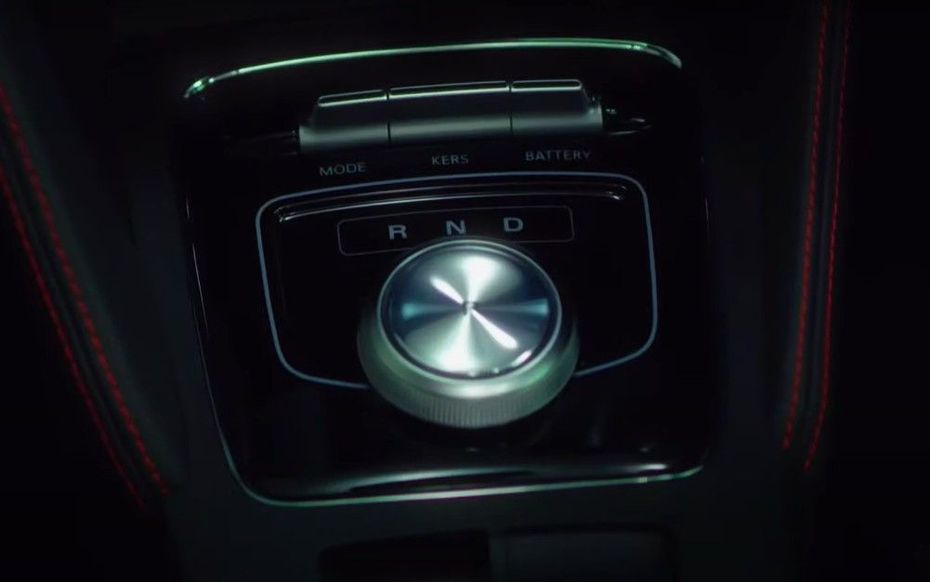
On an average, in most conditions, one should be able to get around 300 to 400 kilometres depending on driving conditions. From that perspective, you should be fairly comfortable with what the battery is today. Future development for future options and for future considerations, that's an ongoing journey for any company for the appropriate time.
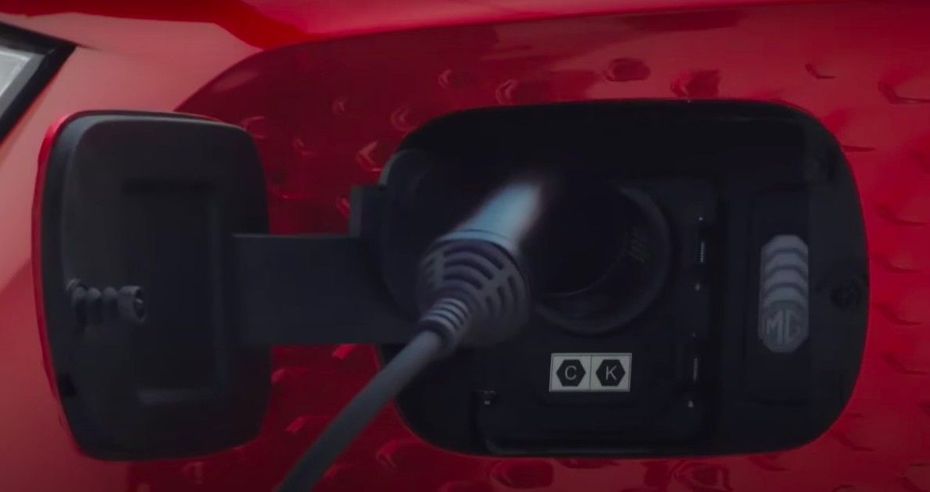
If everything works out, we would have probably more options but at this point in time, we are very focused on this battery. You see the overall vehicle now especially in terms of power, the way the 8-layer hair-pin works in delivering 176PS and the acceleration from 0-100kmph in 8.5 seconds. So when we see all of it, it's all optimised as the right package.
Q: We get a lot of questions from our readers on how much a person can save compared to an Astor in after sales. People are quite curious about servicing an EV.
GG: In general, an electric vehicle, let's say in a range of what we have now the ZS EV, and let us say any SUV in the range of Rs 16 lakh to Rs 17 lakh, you do have a higher acquisition cost. But running costs itself, it's not just after sale, we'll be looking at one part of the entire ownership cost per se.
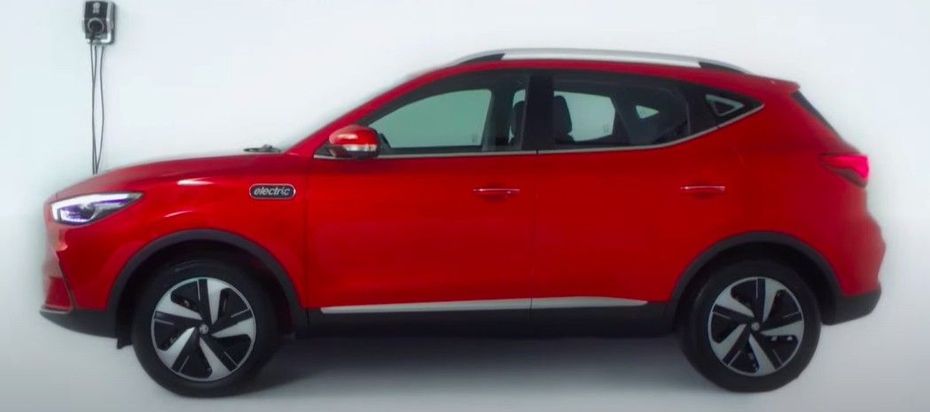
Always look at the total cost of ownership including your acquisition cost, and in case you're taking a finance amount, then what would be the interest for example. It will then include, your running costs of the car, your service cost, and then how it pans out in a matter of four to five years, typically. That's the most average usage of a new car.
We have seen that the EVs you know, fared much better in terms of overall economics for consumers. Even today when you look at the petrol or diesel prices shooting up, and what we are seeing globally, we do see a risk of those prices going higher. So if maintenance cost or running cost comes to about a ballpark of less than a rupee to a kilometre in an ICE engine, but in general, it will be six to seven times more.
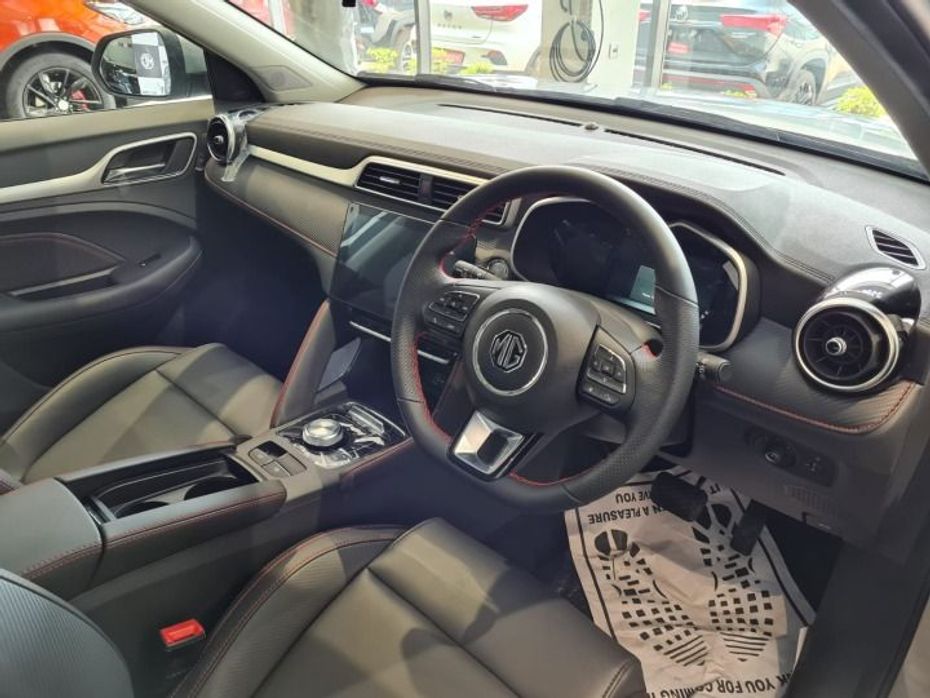
That is where the ownership cost is very important because you may have you know, 30 percent or 35 percent lower acquisition cost. But then your recurring cost in an ICE engine becomes higher, and that can only go upwards. Whereas the kind of support the government is providing is that you are able to charge your vehicles through your home meter itself, like we’ve seen in Delhi, for example. Those equations really make it very easy.
Basic example, let's say a 50 kWh battery, in Delhi, the rate per unit is about Rs 4.5 to Rs 5. So when I do a full top up from the top to the battery, it costs me about Rs 250. And now that I'm going to drive up to the official certified range, let's say 461km, even if it's 400km because we want to always look at it in most conditions. So let us say Rs 250 charging cost, let's put in 10 to 20 percent more, for other maintenance on an ongoing basis if you apportion it. So at least you're getting about 400km.

Now you equate this to an ICE engine. Let's say you get 10kmpl, so 10 rupees to a kilometre. Just imagine what would be your gasoline or diesel prices, Rs 100 a litre. And then you have the maths. So to me, it's very important not just after sales, because these cars have less moving parts, so they of course have a different schedule. But overall the cost of ownership becomes very favourable to electric vehicles.
Q: Talking about the new EV that was announced last year, the Rs 10 lakh to Rs 15 lakh range, the Nexon EV rival. So will it be based on a dedicated platform or will it have an ICE counterpart?

GG: I would say at this point in time, let's keep our fingers crossed. We are working very hard to bring it in the timelines Rajiv has talked about, that by the end of FY2023, we should be able to bring it to India. So I would only ask you to stay tuned. We are working aggressively to bring that and make that in India, so there’s a little bit more time for that.
Q: People also want to know that they can see their mobile phones degrade over time.. So what sort of scenarios are there with EVs ?
GG: In general, depending on the quality of the battery, you may have an attenuation, on a basis of over a 12 to 18 month timeframe. That usually will be to the tune of about 1-1.5 percent maximum on a 12 month cycle. So let us say the battery is offering 461km on a certified range and even after even it will lose let's say .985 percent, It will still offer about over 450km even after one year. It doesn't mean every battery will go through this attenuation, but in general a good density battery may go up to the maximum of this range, and therefore the life of the battery continues.
Even after and if you look at a 1 percent reduction even for 10 years, we still have a capability of 400+km. So even after 10 years it can still be used because the body of the car is pretty much as they don't have a carburetor, engine or moving pieces.
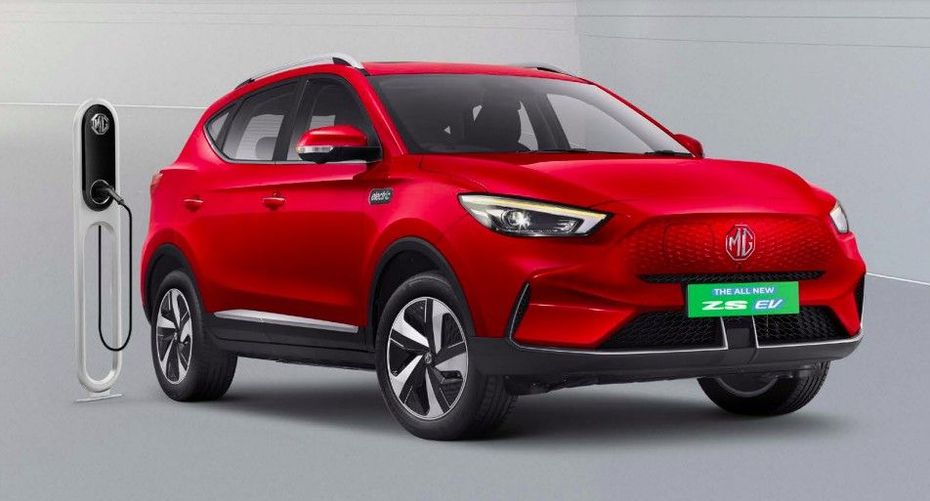
The facelifted MG ZS EV is offered in the Excite and Exclusive trims, and rivals the Hyundai Kona Electric SUV.
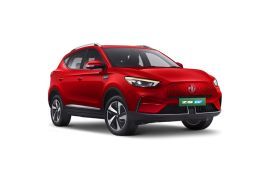

MG Motor India And Bharat Petroleum Joins Hands To Expand India’s...

MG ZS EV 2022 Electric SUV Review | It Hates Being Nice! | Upgrades,...

Hyundai Creta Electric Vs MG ZS EV: Battery Specifications, Claimed...

Mahindra BE 6e vs MG ZS EV: Claimed Range, Performance, Charging...

Top-spec Tata Nexon EV vs Base-spec MG ZS EV: Go Top-spec And Small...

Had An Eye On The MG ZS EV? Now Is The Right Time To Buy

MG ZS EV Gets An Updated ADAS Suite In New Exclusive Pro Trim...

The MG ZS EV Hits Its First Milestone Since Its Launch In India

This Futuristic MG Electric Hatchback Will Be Showcased At Auto Expo...
 Mahindra BE 6
Mahindra BE 6
 Hyundai Creta Electric
Hyundai Creta Electric
 Mahindra XEV 9e
Mahindra XEV 9e
 MG Windsor EV
MG Windsor EV
 Tata Curvv EV
Tata Curvv EV
India's largest automotive community
 No More Diesel-iMT Powertrain In India, As Kia Discontinues It For The Sonet, Seltos And Carens
No More Diesel-iMT Powertrain In India, As Kia Discontinues It For The Sonet, Seltos And Carens
 Hyundai Creta Electric: Things You Get With Each Of Its 5 Variants
Hyundai Creta Electric: Things You Get With Each Of Its 5 Variants
 Here Are Some Adrenaline Pumping Experiences From Auto Expo 2025 That You Should Not Miss!
Here Are Some Adrenaline Pumping Experiences From Auto Expo 2025 That You Should Not Miss!
 All You Need To Know About The Surprise Element At Auto Expo 2025: BMW iX1 LWB
All You Need To Know About The Surprise Element At Auto Expo 2025: BMW iX1 LWB
 MG Hector
Rs. 13.99 Lakh
MG Hector
Rs. 13.99 Lakh
 MG Windsor EV
Rs. 13.99 Lakh
MG Windsor EV
Rs. 13.99 Lakh
 MG Astor
Rs. 9.99 Lakh
MG Astor
Rs. 9.99 Lakh
 MG Gloster
Rs. 39.56 Lakh
MG Gloster
Rs. 39.56 Lakh
 MG Comet EV
Rs. 6.99 Lakh
MG Comet EV
Rs. 6.99 Lakh
 Mahindra BE 6
Rs. 18.90 Lakh
Mahindra BE 6
Rs. 18.90 Lakh
 Hyundai Creta Electric
Rs. 17.99 Lakh
Hyundai Creta Electric
Rs. 17.99 Lakh
 Mahindra XEV 9e
Rs. 21.90 Lakh
Mahindra XEV 9e
Rs. 21.90 Lakh
 MG Windsor EV
Rs. 13.99 Lakh
MG Windsor EV
Rs. 13.99 Lakh
 Tata Curvv EV
Rs. 17.49 Lakh
Tata Curvv EV
Rs. 17.49 Lakh